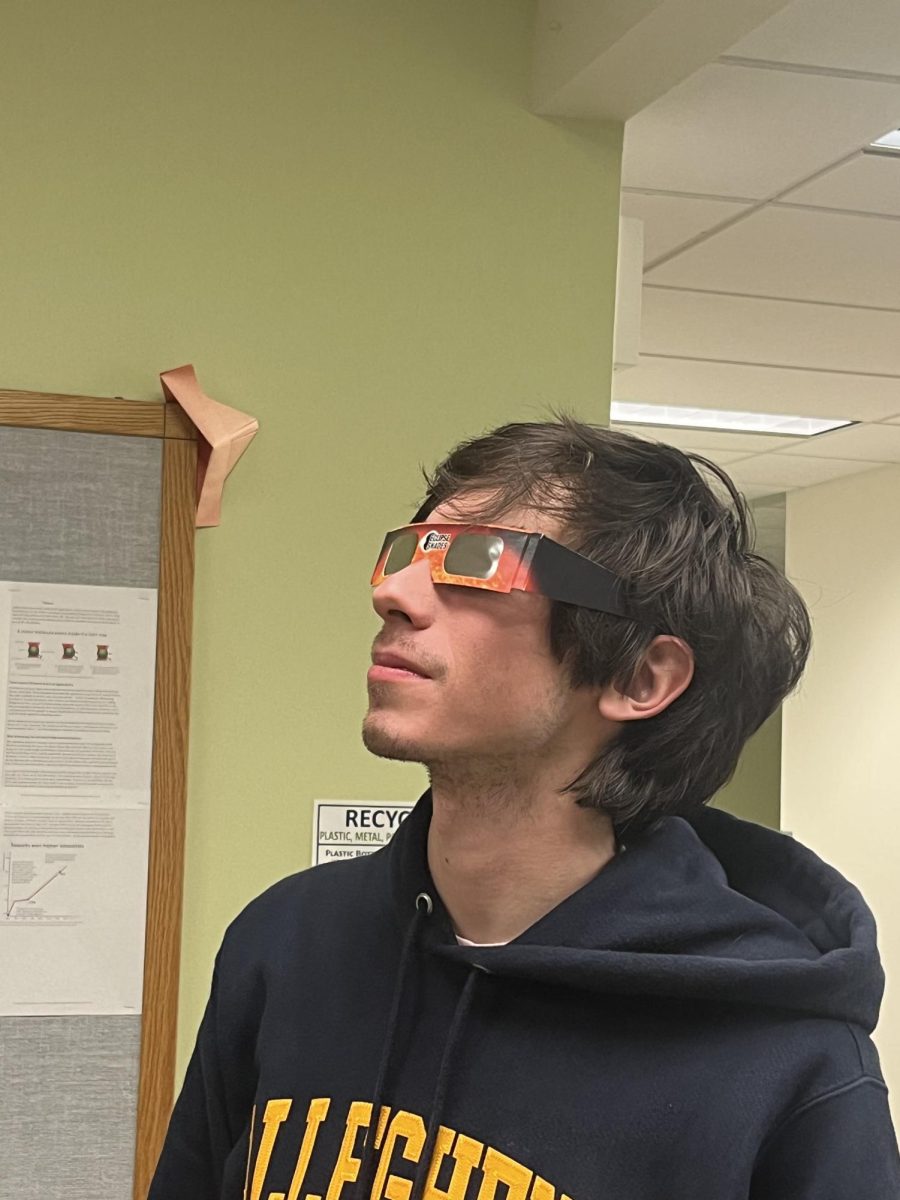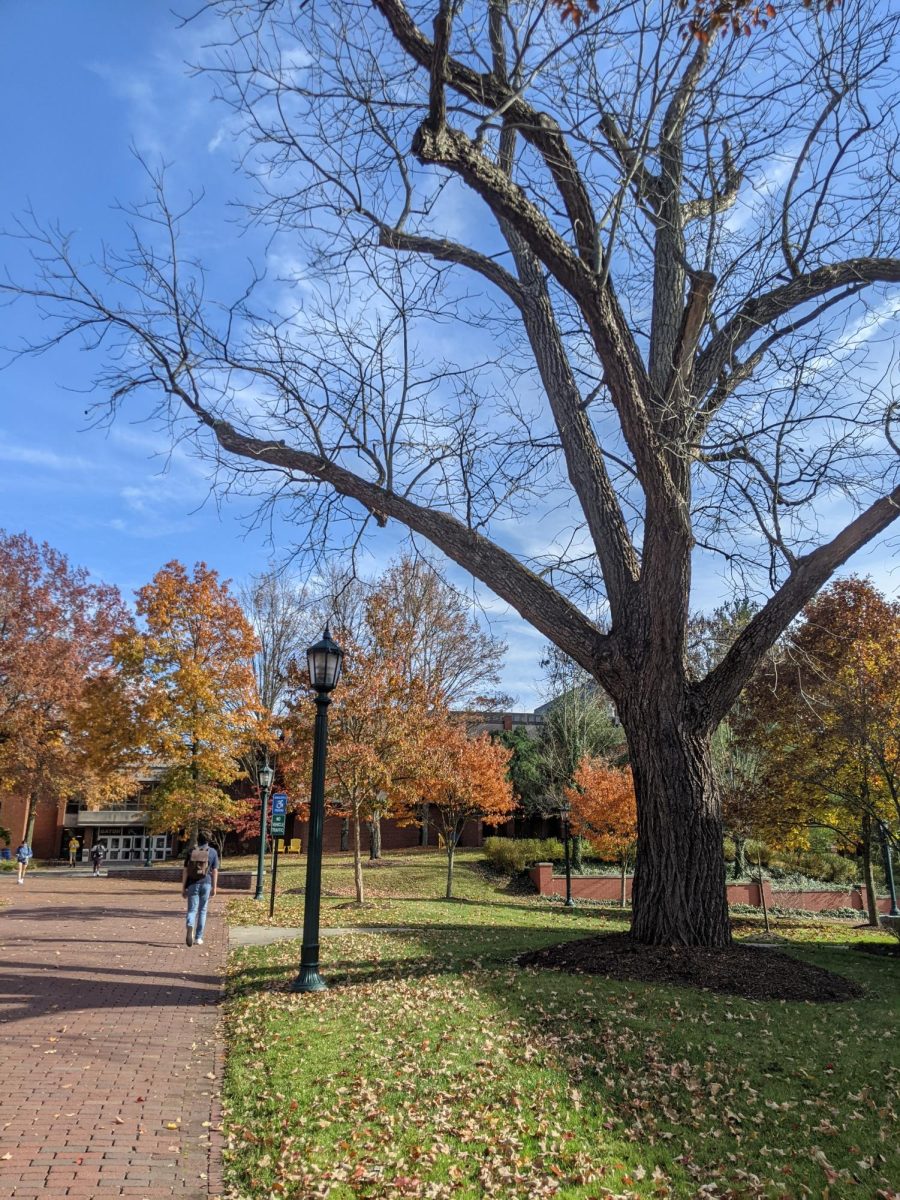Many people view science as the search for Truth with a capital “T.” This is the kind of truth that means that we can wholeheartedly believe scientists when they tell us that the Earth moves around the Sun, that osmotic pressure helps water move up trees, that gravity exists. It is the kind of truth that means that we know how things actually are, not just how they appear to be. The problem with this is that we may just be asking science to do more than it really can.
For example, both the scientific community and the general public will agree that the solar system is composed of a collection of planets and other such objects moving in regular paths around the Sun. Anyone on the street today would tell you that it would be insanity to think otherwise, but the scientific community’s perceptions of the solar system in particular and the universe and general did not always follow this same model.
In the time of the ancient Greeks, people believed that the Earth was a stationary body around which the rest of the cosmos was in constant orbit. The Pythagoreans, followers of the creator of the oft-used Pythagorean theorem, were actually considered foolish for holding the belief that the Earth was not stationary, but instead an orbiter of the Sun.
The Earth-centered, or geocentric, model of the solar system remained virtually uncontested in both the scientific and the public sphere until the sixteenth and seventeenth century, when some of the most important and controversial work in the field astronomy was done. But astronomers of the time faced a peculiar challenge. In their attempt to prove their theories of celestial motion, they could not do as many other scientists did and perform experiments at their leisure. They simply had to sit and observe the skies, unable to actually manipulate the bodies that were the subjects of their work. They were trapped within a single frame of reference that greatly limited their abilities as scientists.
The genesis of contemporary understanding of the solar system came from the work of Nicholas Copernicus, who postulated a heliocentric universe, the first such theory since the Pythagoreans. The Copernican model had the merit of being able to explain, mathematically, many phenomena for which most geocentric theories had no answers.
The Copernican theory was not the only theory of celestial motion to come about at this time. Another astronomer, Tycho Brahe, postulated a geo-heliocentric model of the universe, with most planets orbiting the Sun, which in turn orbited the Earth. Brahe’s model was popular at this time because it held with common sense, as it seemed ludicrous to claim that the Earth could possibly be moving. More importantly, it also had the ability to explain the same complex phenomena as the Copernican model. Eventually, Brahe’s extremely complex model faded into obscurity, and the much simpler Copernican model was accepted by the masses.
What is even more interesting is that the current model of the universe, while inspired by the Copernican model, is not entirely consistent with it. Copernicus, for example, believed that the stars were all located within a large sphere that stood stationary far away from the Sun. There were important changes made to the model in subsequent years by Johannes Kepler and Galileo Galilei, as well as more contemporary scientists that eventually gave rise to the model of the solar system that is now accepted.
Considering all of these evolutions in scientific models and theories, it seems foolish and arrogant to think that the model that we now use is the one that represents the solar system as it truly is. If there has been a continuous development of scientific theories that have been able to accurately explain natural phenomena, we cannot say that we accept a model because it represents things as they really are. What we can say, however, is that the models that scientists provide us are the best choice at the time because they have the most predictive power.
It is not the role of science to give us Truth, but to provide us with an increased understanding of the way that things progress and the ability to make predictions. By allowing this, we can explain the belief in one theory over another in much the same way as Charles Darwin explains the evolution of organisms: survival of the fittest. Those theories that endure do so not in virtue of their relationship to the actual state of things, but by their ability to provide us with the best predictive power. This is not a failure on the part of science, but a virtue. While we cannot say for sure that a theory does or does not bring us closer to Truth, this does not really matter. Science is successful because it does what it should, and that is enough.






Evan Thomas Woods • Apr 17, 2013 at 1:33 am
Surely the best explanation of the predictive success of science is that it’s tracking the way the world really is?–Anything else would be a miracle. (Thanks, Putnam!)
Sam Finder • Apr 16, 2013 at 6:08 pm
Props for this article, Morgan. I would love to see a Nature of Science course included for all science majors at Allegheny in the future — sounds like a potential interdisciplinary comp for a Physics/Philosophy major, methinks!
Allegheny Woman • Apr 17, 2013 at 9:37 am
There is a course–Philosophy 230, the history and philosophy of science.
Sam Finder • Apr 17, 2013 at 11:58 am
Awesome! Now to get it to be a requirement for science majors… Thanks!